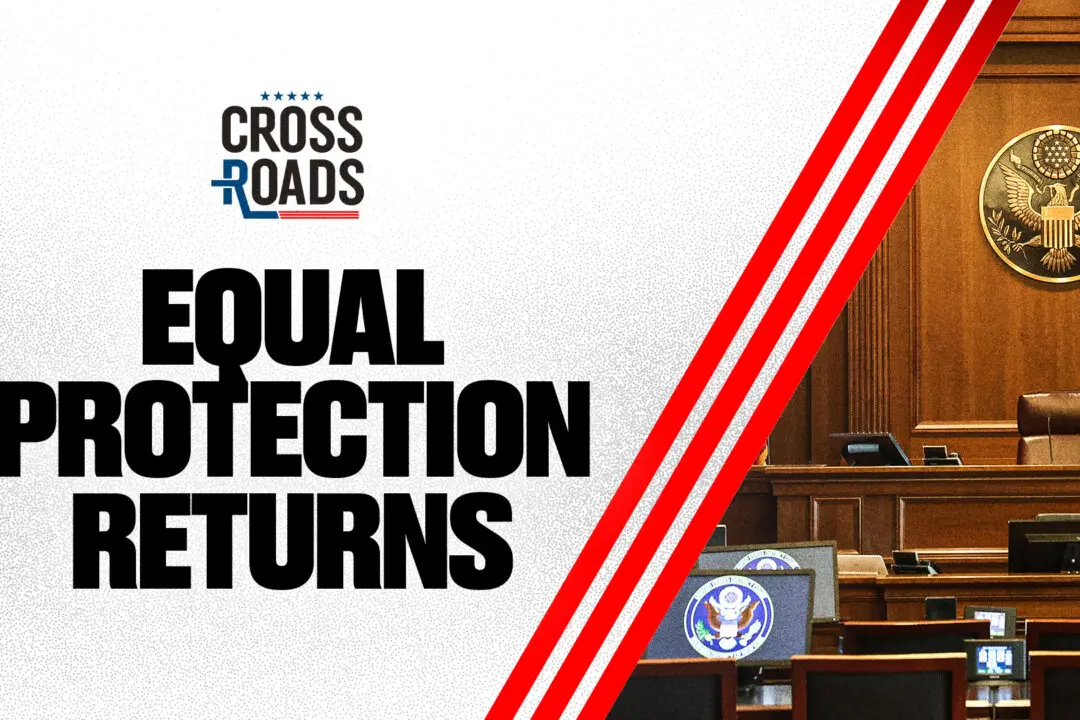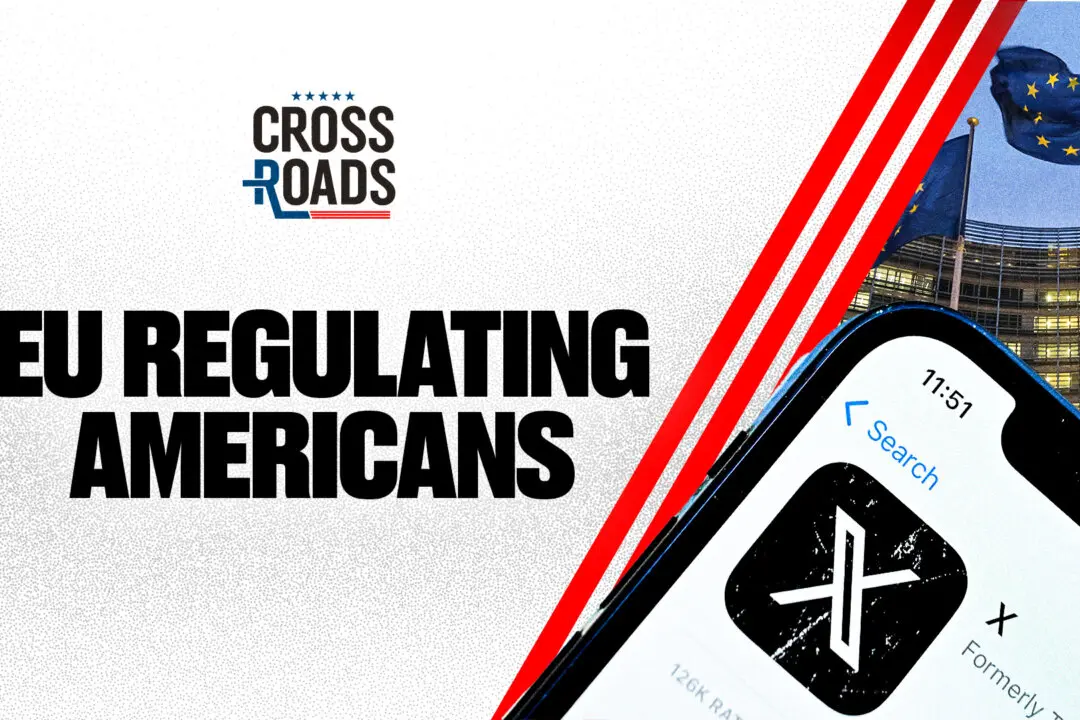Drug gangs in the United States are moving to new markets, with the help of Chinese factories. Their new target is counterfeit pharmaceuticals, and their new victims are the vulnerable: cancer patients, the elderly, hospitalized children, and folks who otherwise can’t afford medication.
Criminal organizations are being drawn to the allure of the new market, which brings less legal risk and higher profits than illicit drugs. Chinese companies, meanwhile, are operating with little oversight and outside the reach of U.S. law.
“Not only do Chinese chemical companies sell precursor materials to the Mexican cartels and synthetic drugs directly to the European and American markets over the Internet, but are also actively involved in cloned pharmaceuticals production,” said Robert Bunker, adjunct professor at the U.S. Army War College Strategic Studies Institute, in an email.
Cases of smugglers trafficking fake medicine are growing more common. In early October, three Texas residents were indicted for allegedly trying to smuggle at least 30 shipments of fake pharmaceutical drugs—close to 100,000 pills—into the United States from China.
The smugglers allegedly told U.S. Customs the boxes were “gifts” and “toys.” Inside, however, were fake versions of drugs including Xanax, Valium, Sibutramine, Cialis, Viagra, and Ambien. The drug containers had fake labels so buyers wouldn’t know the difference.
“This indictment of the three east Texas residents is a clear case of the forces of dark globalization at work,” said Bunker.
The market for counterfeit pharmaceuticals is booming, with sales estimated between $23 billion and $24 billion a year, according to MarketWatch, which notes close to 8 percent of the drugs are illegally smuggled or purchased by Americans.
“We’ve seen some of these organizations that used to traffic in cocaine, for example, or marijuana turn to this and it’s fast money and it’s easy,” Bruce Foucart, special agent in charge at U.S. Immigration and Customs Enforcement, told MarketWatch.
“The bottom line is that people believe they know what they’re purchasing, but they don’t know what they’re gonna get,” Foucart said.






